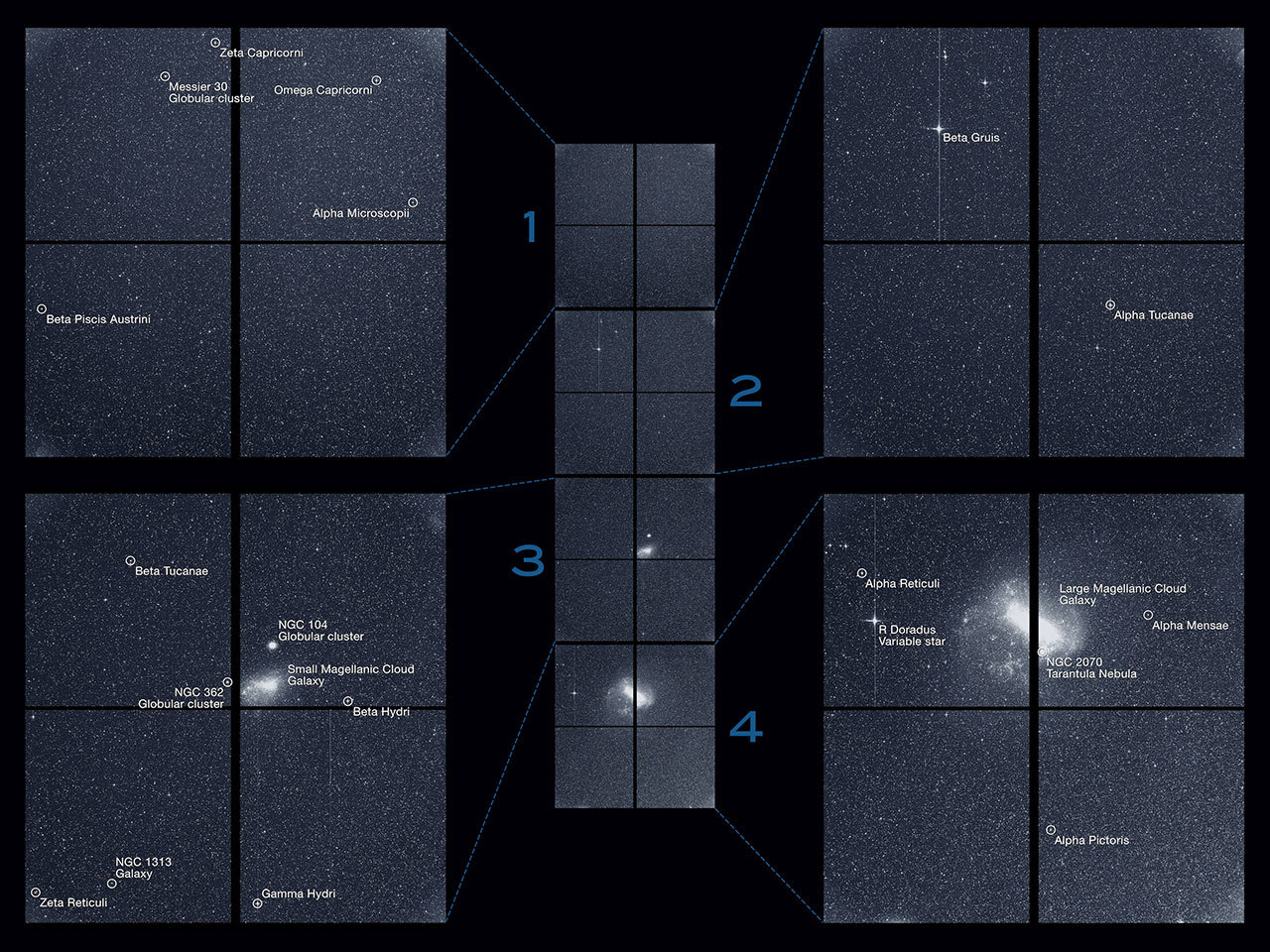NASA's latest space telescope, the Transiting Exoplanet Survey Satellite (TESS), launched in April 2018. This week, planet hunters worldwide received all the data from the first two months of its planet search. This view, from four cameras on TESS, shows just one region of Earth’s southern sky.
The data in the images from TESS will soon lead to discoveries of planets beyond our solar system – exoplanets. (We’re at 3,848 so far!)
But first, all that data (about 27 gigabytes a day) needs to be processed. And where do space telescopes like TESS get their data cleaned up? At the Star Wash, of course!
TESS sends about 10 billion pixels of data to Earth at a time. A supercomputer at NASA Ames in Silicon Valley processes the raw data, turning those pixels into measures of a star’s brightness.
And that brightness? THAT’S HOW WE FIND PLANETS! A dip in a star’s brightness can reveal an orbiting exoplanet in transit.
TESS will spend a year studying our southern sky, then will turn and survey our northern sky for another year. Eventually, the space telescope will observe 85 percent of Earth’s sky, including 200,000 of the brightest and closest stars to Earth.









